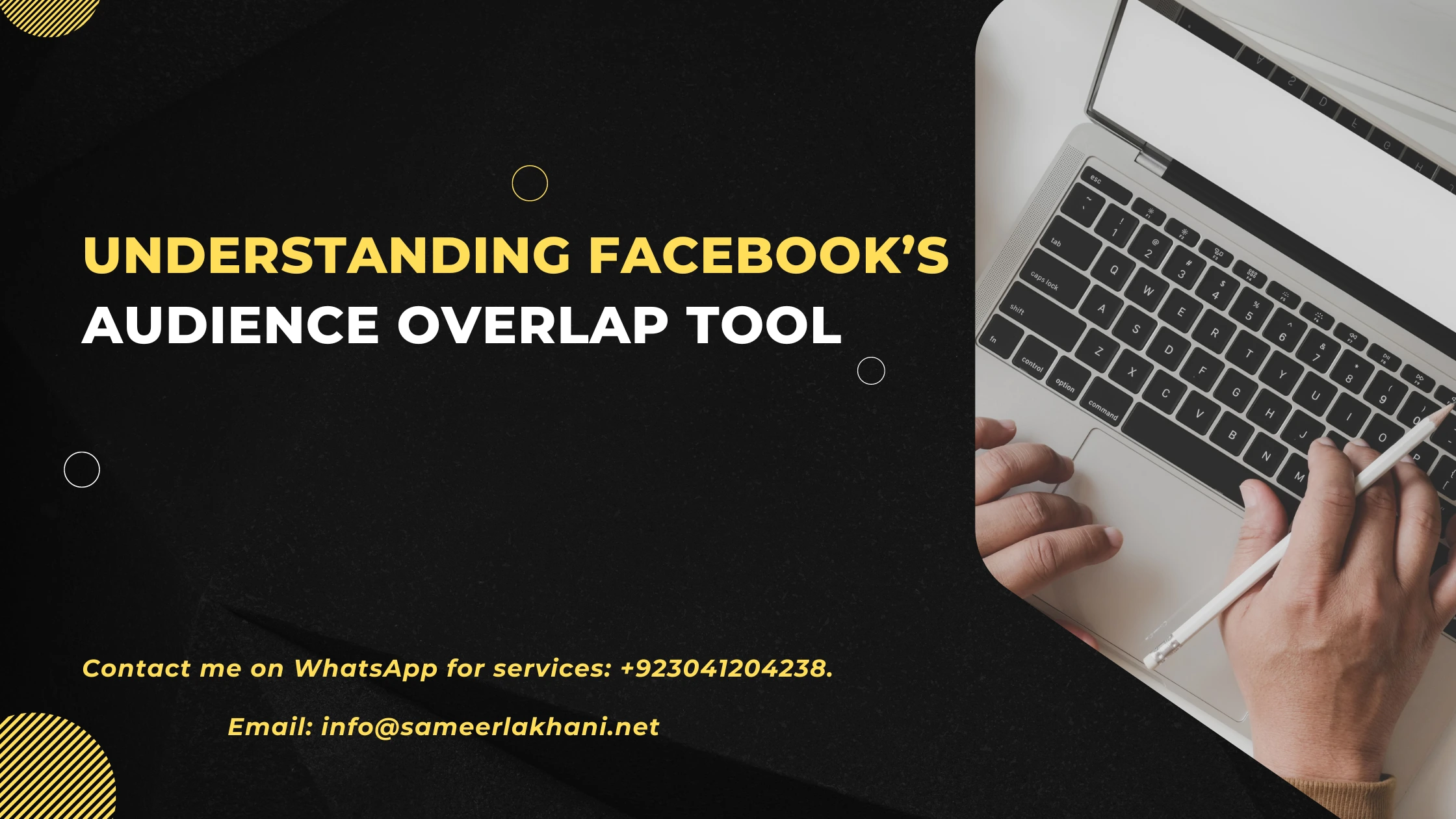If you’ve been struggling with a high cost per acquisition (CPA) or are puzzled as to why your Facebook ads aren’t delivering results, ad fatigue might be the culprit. Often an overlooked issue, ad fatigue can silently undermine the performance of your campaigns, wasting both time and money.
The Facebook Landscape
With over three billion users across platforms like Facebook, Instagram, and WhatsApp, Facebook offers advertisers an expansive audience to target. However, this vast pool can become a double-edged sword. If your audience is too small, you risk saturating it quickly, leading to boredom and disengagement with your brand. Conversely, targeting an audience that’s too large may stretch your budget too thin, resulting in ineffective campaigns.
The Importance of Audience Overlap
To effectively manage your audience size and prevent ad fatigue, Facebook’s Audience Overlap Tool is a vital resource. This tool helps you identify and understand the overlap between different audience segments, ensuring that you’re not repeatedly targeting the same users.
How to Use the Audience Overlap Tool
- Access the Tool: Go to the Audience section in your Facebook Ads Manager.
- Select Audiences: Choose up to five audiences you want to compare.
- Show Overlap: Click the three dots next to the Delete button and select “Show Audience Overlap.”
Important Notes:
- The first audience you select becomes the “Selected Audience,” while others are listed as “Comparison Audiences.” You can easily switch the selected audience using the dropdown in the upper-right corner.
- The tool is most effective when comparing audiences with at least 10,000 members.
- The overlap results will display both the total number of overlapping users and the percentage overlap relative to the selected audience.
An Example Scenario
Consider an eCommerce store targeting two audiences: those interested in Nordstrom (Audience A) and those interested in Topshop (Audience B).
- If Audience A has 100,000 people and Audience B has 1,000,000, with 50,000 people in both audiences, you’ll see:
- Audience A overlaps with 50% of Audience B.
- Conversely, Audience B overlaps with only 5% of Audience A.
This indicates that ad sets targeting Audience A might encounter delivery issues due to significant overlap.
What to Do with the Overlap Data
If you discover that more than 30% of your audiences overlap, it’s time to revise your audience strategy. High overlap indicates that your audience lists are too similar, potentially causing ad fatigue.
Here are a few strategies to mitigate this issue:
- Revise Audience Composition: Adjust your targeting parameters to create distinct audiences.
- Consolidate Similar Audiences: If audiences are very similar, consider combining them to simplify your targeting.
- Refine Targeting: Use demographic parameters (age, gender) to ensure each audience is unique.
Best Practices for Audience Creation
To avoid audience overlap and enhance your targeting effectiveness, consider these best practices:
- Limit Targeting Parameters: Avoid using three or more interest/behavior targeting parameters in a single audience. Custom audience lists with numerous targeting parameters often result in overly broad audiences, diluting your ad impact.
- Focus on Ideal Audiences: Define your ideal audience based on how they spend their time online. Interests often yield better results than behaviors, but testing is crucial.
- Utilize Audience Insights: Leverage Facebook’s Audience Insights to understand who your potential customers are and what interests them.
- Check Expanded Audiences: Make sure the “expanded audiences” option is unchecked when creating campaigns. This feature is often automatically selected by Facebook but can lead to wider reach than necessary.
Conclusion
Managing audience overlap is essential for maintaining the effectiveness of your Facebook ad campaigns and preventing ad fatigue. By using Facebook’s Audience Overlap Tool, you can make informed decisions about your targeting strategies and ensure that your ads reach unique segments of your audience.
By taking a proactive approach, you can optimize your campaigns, reduce your CPA, and keep your audience engaged without oversaturating them.


Leave a Reply